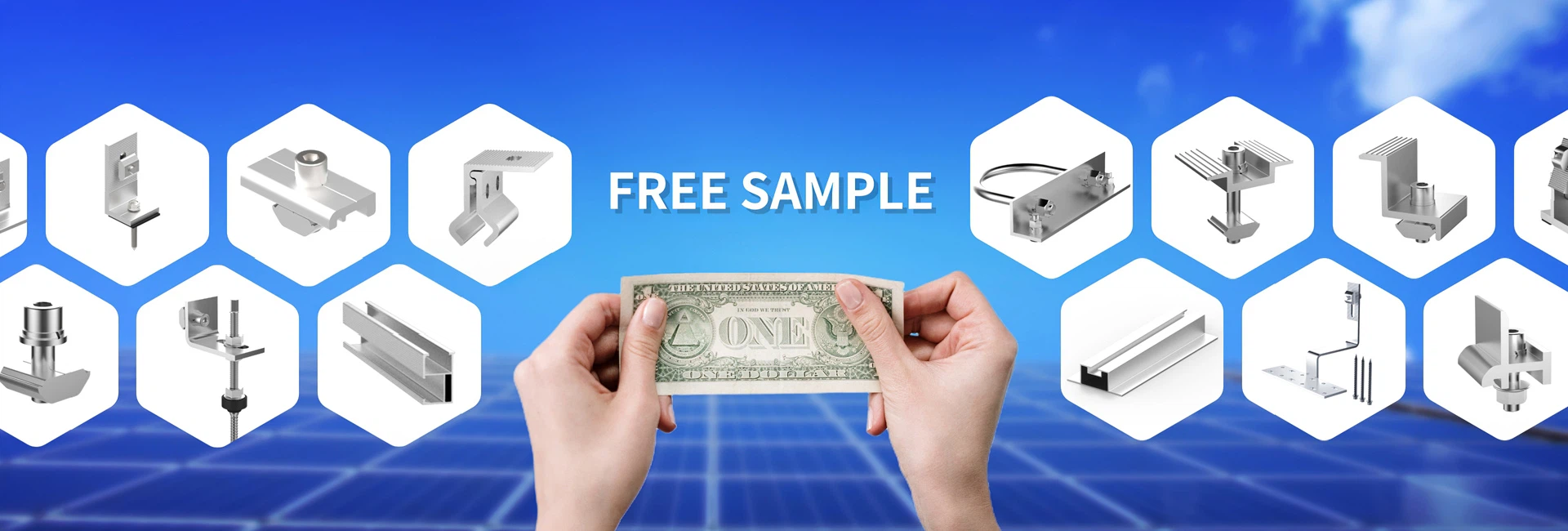Why We Don't Offer Solar Trackers: An Honest Perspective
Oct 30, 2025
We often get asked by clients: "Do you provide solar tracking systems? Aren't they better for energy generation?"
Honestly, under ideal conditions, tracking systems can indeed boost power output to some extent. But after repeated evaluations, our team has decided not to introduce such products for now. The core reason is simple: We don't want you to take on unnecessary risks and hidden costs for what might only be a marginal gain in energy production.

Many suppliers won't spell this out clearly, but we believe in being transparent with you:
1. The initial investment is high-and it doesn't stop at the equipment.
A solar tracking system itself costs about 30% more than a fixed mounting system-and that's just the beginning. It demands extremely high precision in foundation construction. If the groundwork isn't done properly, subsequent adjustments become a money pit. We've seen too many projects overshoot budgets during construction just to "chase the sun," only to face endless operational expenses down the line.
2. Maintenance isn't just tricky-it's a real headache.
Think about it: motors, sensors, controllers… all these precision components are constantly exposed to the elements. Wear and tear and malfunctions are inevitable. Maintenance often involves dismantling structures and troubleshooting wiring. Sometimes, replacing one small sensor can mean half a day of downtime. With fixed mounting systems, our crew can usually wrap things up by tightening a few bolts and checking for structural deformities-it's simpler, faster, and easier on your operational budget.
3. Reliability is our top priority.
We've always believed that a solar power plant is a long-term asset with a lifespan of over 25 years. Stability and reliability matter more than anything. Solar tracking systems have multiple moving parts-if one sensor fails, it could lead to a sudden 15% drop in power generation. A sandstorm or heavy snow could jam the transmission mechanism. Fixed mounting systems, with their simple structure and minimal electronic components, are far more durable in harsh conditions and have a much lower failure rate.
4. Not every location is suitable for tracking.
If your project is in a region prone to strong winds, heavy snow, or sandstorms, the mechanical components of a tracking system are more likely to malfunction. There are cases where it not only fails to increase energy output but ends up losing more operational hours due to stoppages, repairs, and recalibrations.
In the end, our decision not to offer solar tracking systems isn't about technical capability-it's about our commitment to providing you with a more stable and reliable long-term solution.
The return on investment of a solar plant isn't just about theoretical energy yield-it also depends on real-world operational stability, maintenance costs, and risk of failure. We'd rather see your money go toward solutions with higher certainty-like more efficient modules, more reliable mounting structures, and finer construction and maintenance services.
If you're interested, we'd be happy to discuss with you online and calculate the 15-year lifecycle costs and returns based on your project's location and conditions. You may find that sometimes, "simpler" is actually the smarter choice.







